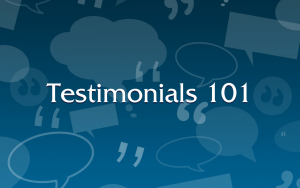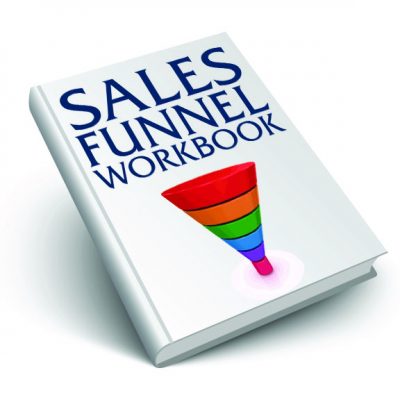
by Caelan Huntress | Feb 3, 2017 | Services, Website Development
Third party integrations can be confusing, but any website that is more than brochure-ware needs to manage multiple platforms by using them.
What is 3rd party integration?
Third party integrations with WordPress websites are when you sync another platform or account with your website, allowing a free and open exchange of data between your website and the third-party platform.
Examples:
You have an ESP (Email Service Provider) that sends out your email newsletter. People can sign up for your newsletter on your website. When they do, a 3rd party integration allows the newsletter form on your website to seamlessly pass the data to your ESP.
How does a 3rd Party Integration work?
Usually, a third-party integration passes data along an API, an Application Programming Interface. This is a set of programming commands that define what kinds of data is communicated between applications, and how that data is formatted.
The most common time that website owners interact with an API is with their API key. This is a random string of characters that verifies one program to pass data onto another – for example, your ESP has an API key, that is unique to your account. When you install their plugin onto your sidebar, so people can signup for your newsletter, it is the API key that tells the signup form how the data is to be formatted, which ESP it is going to, and to which account within that ESP the data needs to be delivered.
Many 3rd party integrations, especially in eCommerce websites, require customizations of arcane settings in order to get them to function smoothly for the user. Spending lots of time trying to figure these myriad options can be frustrating to even computer programmers; if you are not a programmer, and you find yourself spending hours fiddling with the settings of one of your WordPress plugins, it is time to work with someone who knows these plugins inside and out, so you can get back to doing what you do best.
Third Party Integrations With WordPress Plugins We Use Frequently
- iMember 360
- WooCommerce
- Toolset
- Zapier
- PayPal
- Mailchimp
- Aweber
- Constant Contact
- Google Analytics
- Amazon Web Services
- ZenDesk
- IFTTT
- Buffer
- Gravity Forms
- Formidable
- Contact form 7
- Yoast
- Wistia
- YouTube
- Vimeo
- GetResponse
- App.net
Do you have a complicated 3rd party integration with your website that we can help you with? Contact us today to tell us about what you’re working on.

by Caelan Huntress | Feb 2, 2017 | Sales Funnels, Services
The best landing page design has one (and only one) clear goal for the user to take. The best landing pages have simple goals:
A landing page is optimized to make the user take one action – and if you provide distracting alternatives to that one action, you dilute the effectiveness of your landing page.
Landing Page Design Best Practices
- Only one Call-to-Action
- No navigation bar or footer menu
- Solution to a pain point promised in the headline
- Test the entire sales funnel start-to-finish with a dummy user
- A/B test the landing page design monthly
Landing Page Design Checklist
If you are designing your own landing page, ask yourself these 12 questions:
- Does your opening quickly offer or clearly imply a strong benefit?
- Is everything instantly clear? If it’s funny, clever or obscure – beware.
- Have you told the whole story? Unless you give every sensible reason to buy, answer obvious questions and overcome all reasonable objections, you’ll lose conversions.
- Is what you sell fully and clearly described?
- Is the tone right? Don’t be funny about serious things (e.g. charity, business or money).
- Do you demonstrate the benefit – give examples, quantify it, compare it to alternatives? People want to know how and why you are better.
- Do you prove your claim is true? Testimonials? Independent figures?
- Do you ask firmly enough for a reply, telling people precisely what to do? Repeat your arguments at that point.
- Is the coupon, order form or request to reply big enough, clear, simple and easy to use?
- Does your copy, when read aloud, sound like someone talking? Good!
- Have you shown it to someone uninvolved, preferably a likely prospect? Ask if they understand it – and if they would buy.
- Do you have a plan in place to regularly test and modify this page? What converts well today may not convert in six months, as technology changes.
Best Landing Page Design Inspiration
These websites are good places to go when you are designing a landing page. Browse through the best of the best, notice what really grabs your attention, and take notes on how they structure their layout or their content flow.
Recent Landing Pages Produced by Stellar Platforms:
“Caelan, I have to say….you are AMAZING!! I LOVE LOVE LOVE what you have done! I am so thrilled, Thank you a million! This is all really coming together – WOW – its like watching my dreams come to LIFE!!”
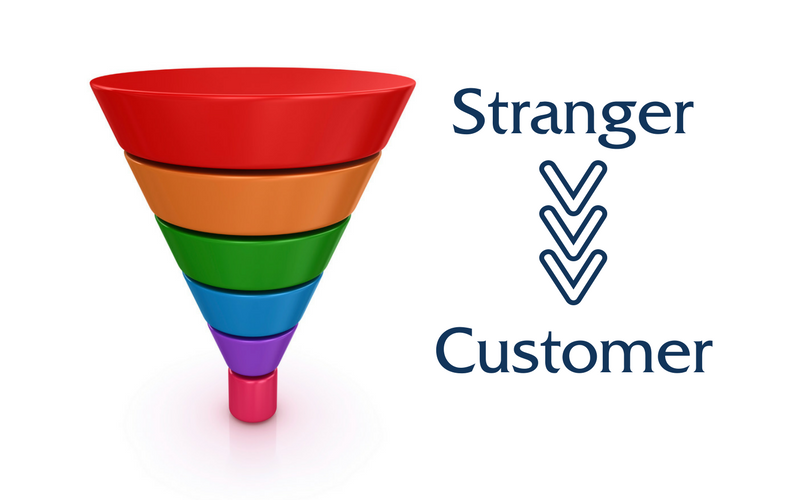
by Caelan Huntress | Feb 1, 2017 | Sales Funnels, Services
The best sales funnel strategy helps a stranger become a customer. That’s the purpose of your website, after all; if your website helps a stranger become a customer, it doesn’t matter how ugly it is, or what fonts you use, or what kind of CMS or fancy plugins you use. If your digital platform helps a stranger become a customer because of a solid online sales funnel strategy, your website is a win.
What is a Sales Funnel?
A sales funnel is a series of steps that communicate to your customer in the language of the different stages that your customer goes through, from discovery all the way through to purchase.
Your online sales funnel strategy is a map of all the digital infrastructures that guide a stranger through the journey to becoming your customer.
How to Make an Online Sales Funnel Strategy
There are many different ways to map your sales funnel, based on the stages that your prospective customer goes through. Three typical methods we use at Stellar Platforms to map out these stages are:
- Actions the user takes
- Website URLs for each stage
- Emotional reactions that cause them to progress to the next stage
You can use any of these methods individually, but I like to look at my funnel through the lens of each of these three. The action, the page, and the emotion are all relevant pieces of each stage; by looking at the continuum of the sales funnel, from start to finish, through these frameworks, you can identify ways to smooth the transition from one stage to the next.
That’s the ultimate purpose of a sales funnel, in the end – identify and remove any friction that could keep a stranger from becoming a customer.
Stages of an Online Sales Funnel
Many digital sales funnels look like this:
- Landing page
- Opt-in incentive
- Thank-you page
- Email autoresponders
- Sales page
- Purchase page
- Access page
As I said before, there are infinite variations on this framework, but this is a general the outline to get you started.
If we are building a brand new website, the pages of the online sales funnel would look like this:
Website Pages of Sales Funnel Stages
Blog – Someone clicks on a link on social media, and they end up on your website, reading an article you’ve written. This is not the place to sell to them. This is the place to gain their interest.
About – When they are interested, they go the most highly trafficked page on your website – the About page. This is where people go when they wan to know more about you, and what you do.
Subscribe – Your qualified prospects find your call-to-action intriguing, because they face the major problem that your product or service solves. They agree to let you into their inbox.
Thanks – Whatever free PDF or opt-in incentive you’ve offered is delivered to them. This is the best place for introducing yourself in a deep and meaningful way, setting the stage, letting them know how often you will email them, and how to find and follow you on social media.
Services – after a few educational emails that deliver good value, they have a hunch that they could work with you. They open an email from you about your gateway offer, they decide to research you, and they read the specifics about your rates and terms.
Checkout – This is where they buy. Please note: they do not buy from you at earlier stages in the online sales funnel, so don’t sell to them there. You should reserve your sales messages for people who have advanced far enough in your sales funnel that they know, like, and trust you.
Online Sales Funnel Platforms
While you can make a sales funnel in your own WordPress website, there are online platforms that make page creation, email integration, and lead magnet delivery a breeze.
Here are three of our favorites sales funnel creation tools:
“Marketing my personal business has a new direction and focus thanks to Caelan. His talent for listening and understanding combined with his skills for painting the big picture really helps me to spend my advertising budget most effectively for getting the best results. Not only does he see the big picture from a unique perspective, he is able to map the steps to take my business in the direction that will be most beneficial for me and my clients.”

by Caelan Huntress | Jan 31, 2017 | Sales Funnels, Services
The top of your sales funnel offers a lead magnet to incentivize people to subscribe to your email newsletter, or to create an account on your membership website. A free ebook, an mp3 download, a whitepaper, or access to the resources section of your website, are all ‘opt-in incentives’ that encourage people to exchange their email address for the valuable information that you can give them. We call them ‘lead magnets’ because they attract the leads you want to put in your funnel – if your lead magnet design process was done correctly.
Let’s face it, you can stuff any kind of lead into your sales funnel, but the leads that you want are the ones that have the highest chance of becoming your customer.
Free lead magnets are opt-in bribes.
You are building your list, and the free ebook you offer above your email subscription form is your bribe to get people to subscribe.
Be sure you are bribing the right people.
Lead magnet design checklist
- Your lead magnet addresses a problem your customer avatar is facing right now
- The title is clear and descriptive (and maybe a little clickbait-y)
- The medium is digestible quickly (a 5-page report is better than a 7-hour video series)
- Delivery of the lead magnet is automated through your email service provider
- A professional graphic designer was either involved in the production, or was asked for their opinion about the lead magnet design
- The lead magnet ends with a call-to-action to move to the next stage of your sales funnel
Typical Lead Magnet Ideas
Being a lead magnet creator does not mean that you have to become a copywriter, graphic designer, and sales funnel strategist all at the same time. All you have to do is offer to solve a problem that would make a stranger thank you for providing them with an easy solution to the challenge they are facing.
Here are some ideas for creating a lead magnet for your website:
- A guide, report, or handbook converted from one of your longer blog posts
- A cheat sheet for easy reference
- A worksheet they can print and fill out, with questions that will give them valuable perspective on the biggest challenges or pain points their audience faces
- A resource list, with links and descriptions
- A video training or webinar replay you have given in the past
- A free trial or discount code to sample your service
- A survey, assessment, or quiz, to give them an interactive experience that leads to a customized recommendation
- Your pricing, rates, or service directory
What Makes The Best Lead Magnet?
After studying many digital marketers and sales funnel specialists over the years, I’ve found the most successful lead magnets have these attributes:
- The design is consistent with the overall brand strategy
- The material is thorough and in-depth
- There are many insider’s resources that are collected all into one place
- They are filled with affiliate links
Affiliate marketing has a questionable reputation in online marketing, because it is so easy to do it badly. The typical smarmy salesperson who everybody wants to avoid – they can get online and get real loud with all of their affiliate links, and drive potential customers away by brazenly pushing their affiliate links on everyone.
But when affiliate marketing is done well, it’s easy and seamless, and provides a solid revenue stream that can support your business.
Your lead magnet is the best cornerstone for your affiliate marketing strategy. This is where you can collect resources that you have spent time vetting, comparing, and studying; and if you use that opportunity to suggest a resource that your target customer would love to know about, an affiliate link isn’t unexpected, it’s the right and proper use of affiliate links.
For an example of lead magnets and list building done well, read Pat Flynn’s email list strategy and get his ebook, Ebooks the Smart Way.
You can also read ‘How To Wake Up Early (And Like It)‘ by Caelan Huntress. Note the CTA at the end – it’s the entire purpose of this ebook.

by Caelan Huntress | Oct 14, 2016 | Reviews
Breanne Dyck has quickly become one of the most highly regarded business and learning strategists in the online marketplace. She’s one of those experts that the “big names” go to when they want to get their business and their online courses to the next level. Her Beyond Satisfaction book launch this week has brought many of those big names out to talk about why her work is so transformative.
Over the past few years, she’s worked with lots of big-name influencers you’d probably recognize (Chris Guillebeau, Natalie Sisson, Tara Gentile to name a few) to help them create courses that aren’t just profitable, but actually change lives. And in this new book, she shows you how to do the same.
The Problem With Online Courses Today
The online course marketplace is getting crowded. Now that publishing is easy, there are many low-quality courses out there, diluting the effectiveness of online education.
Breanne’s Beyond Satisfaction book helps course creators aim higher than average, by designing the course around the transformation that happens to the student.
The Beyond Satisfaction book is not just about crafting a highly profitable online course, program or workshop, but also provides the strategy for how to create an online course withou having to settle for less-than-transformational results. It’s full of case studies, research and case studies about how you can create a course that truly gets results.
Stories of people who have cracked the code on leveraged products that are extraordinarily profitable … and incredibly transformative.
Stories like Tara Gentile. Tara had been offering her flagship group program for years, and it got solid results. But as time went on, Tara found that her customers were less and less willing to buy. They were getting jaded about online courses, and had put themselves on a course buying moratorium. They were afraid that if they did invest, they wouldn’t ever use it.
Despite all of this, Tara was able to adjust and adapt her program so that it’s now selling more easily than ever — and getting better results, too.
If you want to know more about how Tara did it (along with several other great case studies and success stories), you need to read Breanne’s new Beyond Satisfaction book.
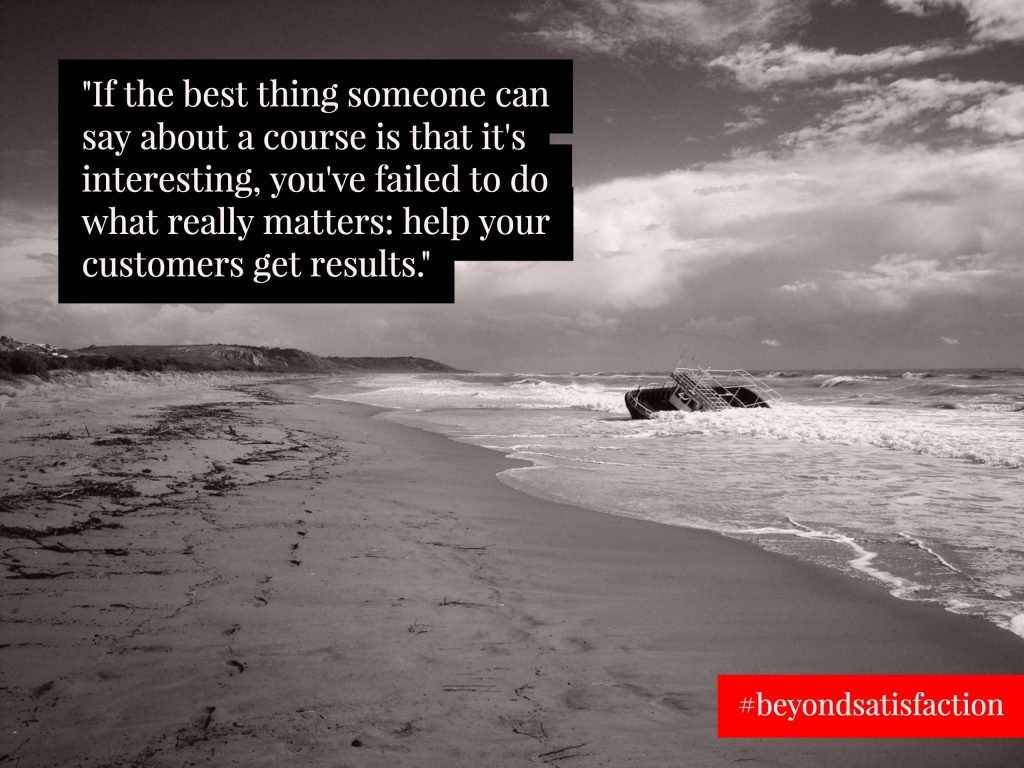
Exclusive Interview with Breanne Dyck, author of the Beyond Satisfaction book

Who did you write this book for, specifically?
This book is for the online business owner who is tired of courses, workshops and programs that may look good on the outside, but fail to deliver customer results. Whether they’ve offered courses before or are preparing to offer their first one, they recognize that just “having a course” isn’t enough. Their customers — and their business — deserve better. If you are a course creator who wants to have a massive impact on your students’ lives, this book is your guide to doing that.
What is the most surprising thing about people who make online courses?
It never ceases to amaze me just how little most people think about what they’re actually creating. They’ll think about sales, they’ll think about marketing, they’ll think about what tech to use … but they won’t think about how people learn, and how that impacts what they end up creating. In fact, some are downright dismissive of the idea that there could be a better way to deliver training products and get their customers taking action. That blows my mind — if there was a chance that you could create better results for your students, and thereby your business, wouldn’t you want to take it?
What are your predictions for online education over the next 5 years?
The market is going to get more and more crowded, and as such, more and more jaded. We’re already seeing the start of this, and the results are that many course creators are finding it harder than ever to sell out the very same programs that used to “sell themselves.” So they’re looking for new revenue streams, and new ways to deliver their training: membership sites, masterminds, certification programs, intensives, and more. Plus, let’s not forget the impact of changing technology. The first business to capitalize on virtual and augmented reality in a way that is natural and authentic? Will have a gold mine on their hands.
Who do you really look up that is teaching online courses right now, and why?
The easy answer here is for me to say Tara Gentile, but I feel like that’s somewhat of a cop-out given that I’ve had a hand in crafting those learning experiences. But the people that I really am paying attention to, right now, are the ones who are experimenting with new forms of delivery other than the same old “8-week video course” as well as those who are actually looking to break out of the online-only world and do online/in-person hybrids. I can’t really give you names, because those products aren’t public yet, but be on the lookout for them. They’re coming.
When someone is just starting out with teaching online courses, what is the advice you always give them, that they don’t even think about until they hear it from you?
There’s two things, depending on where they’re at with their business. The first is that an online course shouldn’t be your first product. Unless or until you’ve worked with people one-on-one, you really shouldn’t be rushing into creating a leveraged product. After all, if you can’t find one or two people to sell to now, how on earth are you going to find ten, twenty or more that you can sell to as a group? For those who already have a service or product that they sell and are wanting to turn that into a more leveraged product / learning experience, you need to obey the 80/20 Rule of Curriculum. 80% of your participants’ time should be spent DOING the work, and only 20% consuming content. It’s really contrary to “common sense”, but the less content you include … the more likely your participants are to see success. Provided you’re giving them the right 20% content (and activities), that is!

How To Get The Beyond Satisfaction Book
Go to http://beyondsatisfactionbook.com/.




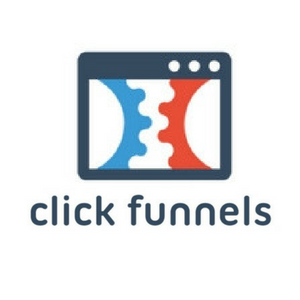
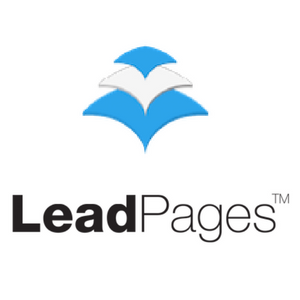
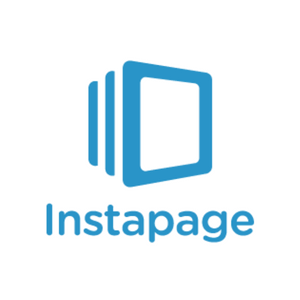





 I am an American expat living in New Zealand, and I have spent ten years running an online business while traveling the world with my young family. I'm a website designer, copywriter, and sales strategist who specializes in creating online courses and sales funnels for bestselling authors, business coaches, and professional public speakers.
I am an American expat living in New Zealand, and I have spent ten years running an online business while traveling the world with my young family. I'm a website designer, copywriter, and sales strategist who specializes in creating online courses and sales funnels for bestselling authors, business coaches, and professional public speakers. 